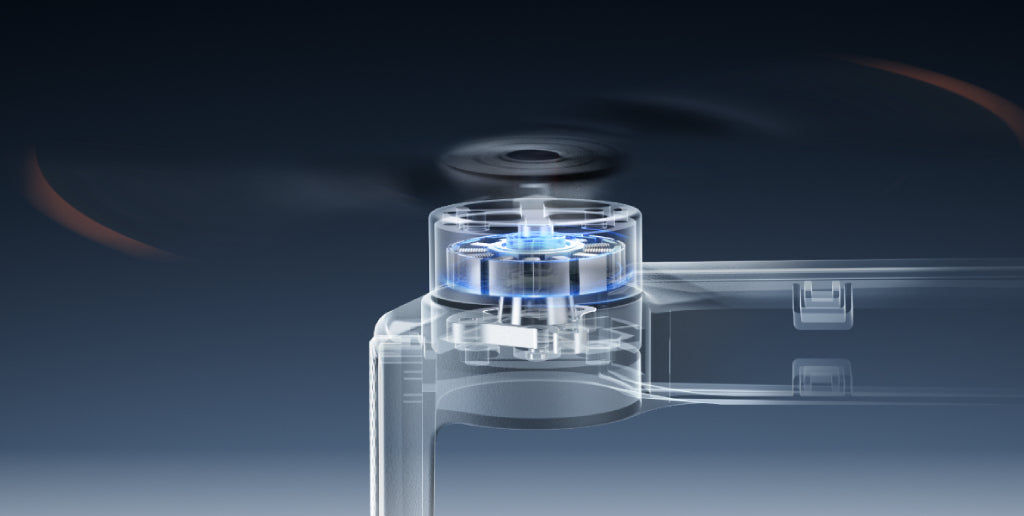When it comes to drone performance, flight stability is everything—especially for aerial photography, videography, and beginner-friendly operation. While sensors and software play a big role, one key hardware component is often overlooked: the propellers.
In this article, we’ll explore how drone propellers affect flight stability and what to look for when choosing or replacing them.
What Are Drone Propellers?
Drone propellers are the spinning blades that generate lift and enable the drone to fly. Most consumer drones use a quadcopter design with four propellers: two spinning clockwise (CW) and two counterclockwise (CCW). Their rotation creates the necessary thrust to lift, maneuver, and stabilize the aircraft.
Propeller Size and Shape Matter
Propeller size—including both length and pitch—has a direct effect on how a drone handles in the air.
Larger propellers generate more lift and are typically used for heavier drones. However, they can be less responsive and require more power.
Smaller propellers offer quicker response and are better suited for racing or mini drones but may reduce overall stability in windy conditions.
High-pitch blades provide faster movement but less fine control, while low-pitch blades prioritize stability and smoother flights.
Choosing the right size and shape is essential for maintaining balance and control.
Material and Build Quality Impact Stability
Drone propellers are made from various materials like plastic, carbon fiber, or nylon composite. Each material affects flight differently:
Plastic propellers are lightweight and affordable but may deform over time, reducing balance.
Carbon fiber propellers are stiffer and more durable, offering better stability and less vibration.
Well-balanced blades minimize motor strain and wobbling, which leads to a smoother flying experience.
Tip: Always check for signs of damage or wear. Even a slightly chipped blade can disrupt flight balance.
Propeller Balance Affects Vibration and Control
Unbalanced propellers cause uneven motor load, resulting in vibrations that can affect both flight stability and camera footage quality. These vibrations may confuse the drone’s sensors and autopilot system, leading to drifting or instability.
Many drone enthusiasts use propeller balancers to ensure each blade is perfectly balanced before installation.
Blade Design Influences Noise and Efficiency
Propeller blade design—such as tip shape, number of blades, and airfoil profile—also affects how stable and efficient a drone is:
More blades (e.g., tri-blade or quad-blade) offer better control and smoother flight but may reduce battery life due to higher drag.
Quiet propellers often feature a curved design to reduce noise while maintaining thrust.
For photography drones like the Potensic ATOM series, low-noise propellers help ensure quieter operation and more stable video capture.
Proper Installation Is Key
Even the best propellers won’t perform well if installed incorrectly. Always match CW and CCW blades with the correct motors. Tighten them securely, but not overly tight, and follow the manufacturer’s instructions to avoid imbalances or unexpected detachment mid-flight.
Final Thoughts
Whether you’re flying a lightweight mini drone or a powerful 4K camera drone, propellers are a critical part of maintaining stable, smooth, and safe flights. From choosing the right size and material to ensuring proper installation and balance, paying attention to your drone’s propellers can make a noticeable difference.
If you're experiencing shaky footage or poor flight control, start by checking your propellers—they just might be the fix you need.
Looking to upgrade your drone experience? Explore the Potensic ATOM series for lightweight, camera-stabilized drones with optimized propeller systems for smooth, steady flights.

